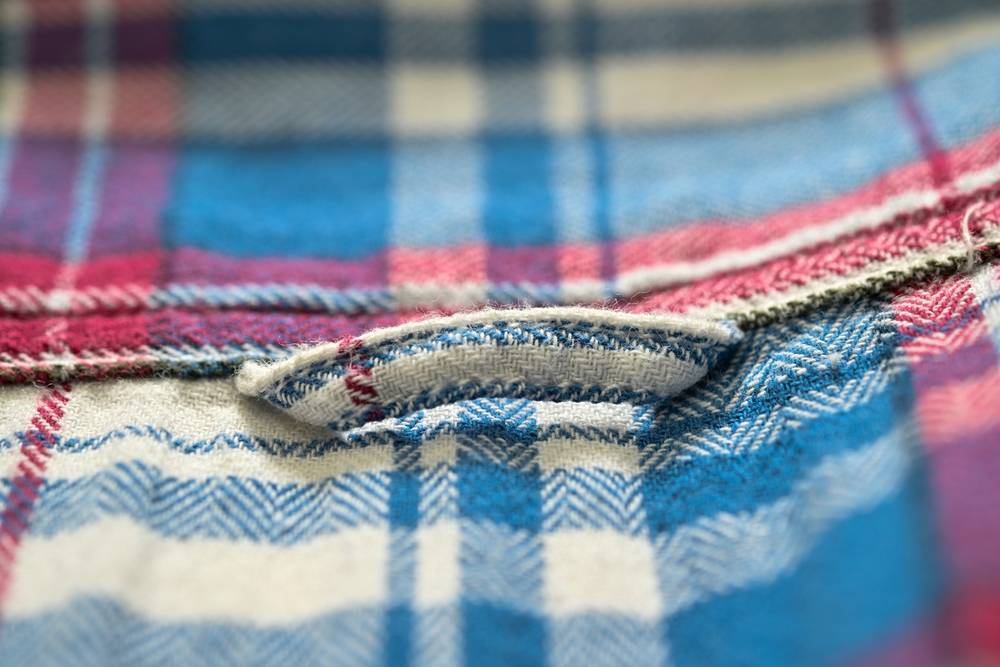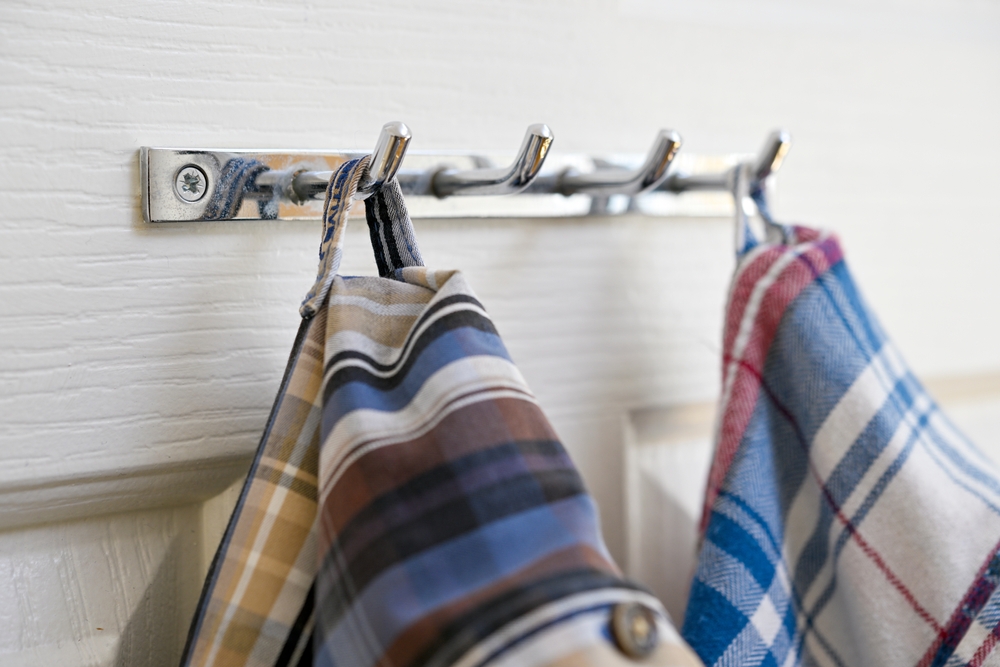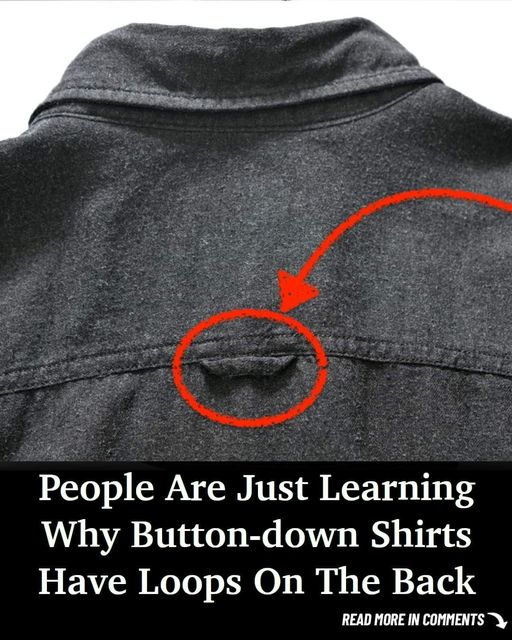For a very long time, the button-down shirt has been a classic piece of clothing. But a little element on the back of the shirt—commonly referred to as the “locker loop”—often gets overlooked.1. This characteristic has an interesting social meaning as well as a lengthy history. Learn the secrets of the locker loop with the help of Ivy League iconography, current fashion trends, and naval practicality.

Imagine that there is a shortage of uniform storage for sailors in the Navy. In an attempt to find a workable solution, the loops were added to make hanging simpler. Rather than being a fashion decision, it was a utilitarian one. The 1960s saw the introduction of these loops into mainstream fashion, which initiated the locker loop’s wider appeal.
From then on, the locker loop became well known thanks in large part to the apparel designer GANT. The “locker” loop was created by GANT in order to prevent Ivy League students’ shirts from wrinkling in their lockers. This marketing strategy was particularly effective and attractive to the Ivy League community’s fashion-conscious demographic.
Many male students would take off the loop to indicate a shift in their romantic status. Women in the 1960s would respond by donning their partner’s scarf in return. But when bold people would playfully pluck loops off the shirts of people they admired, possibly ripping a sizable hole in the garment, this benign custom took a wicked turn.3.
Loops in the Back: A Tributary to Custom

As the Ivy League look became popular, having loops on the back of a shirt became a status signal for superior quality and taste. Over time, recognizable companies including Eagle, GANT, Sero, Wren, Creighton, and Wren developed their own takes on the locker loop. During athletic competitions, student-athletes embraced locker loops, demonstrating the loop’s versatility beyond its intended use.4
Loops are still used now to provide individuality and as an homage to the past on the back of shirts. The loop’s existence pays respect to the once-dominant Ivy League style, even if contemporary hangers have lessened its usefulness. Stores such as Ralph Lauren and J. Crew still have shirts featuring locker loops, so history buffs may still enjoy this understated yet iconic element.
Locker loop addition or removal as tailoring options
Adding a loop to the back of your shirt gives you an additional customizable choice when it comes to button-down shirts for people with certain tastes. According to personal preferences, loops may be readily added or removed by tailors, enabling users to match their clothes to both historical tradition and their own tastes. Locker loops are no longer functional, but they are still in style.
Locker loops are an understated way to remember how menswear has evolved and how it comes from practical roots, whether they are used to hang clothes in lockers or are only employed as a fashion element. When you button up a shirt for the first time, stop to admire the understated elegance and extensive history contained in one simple loop.
